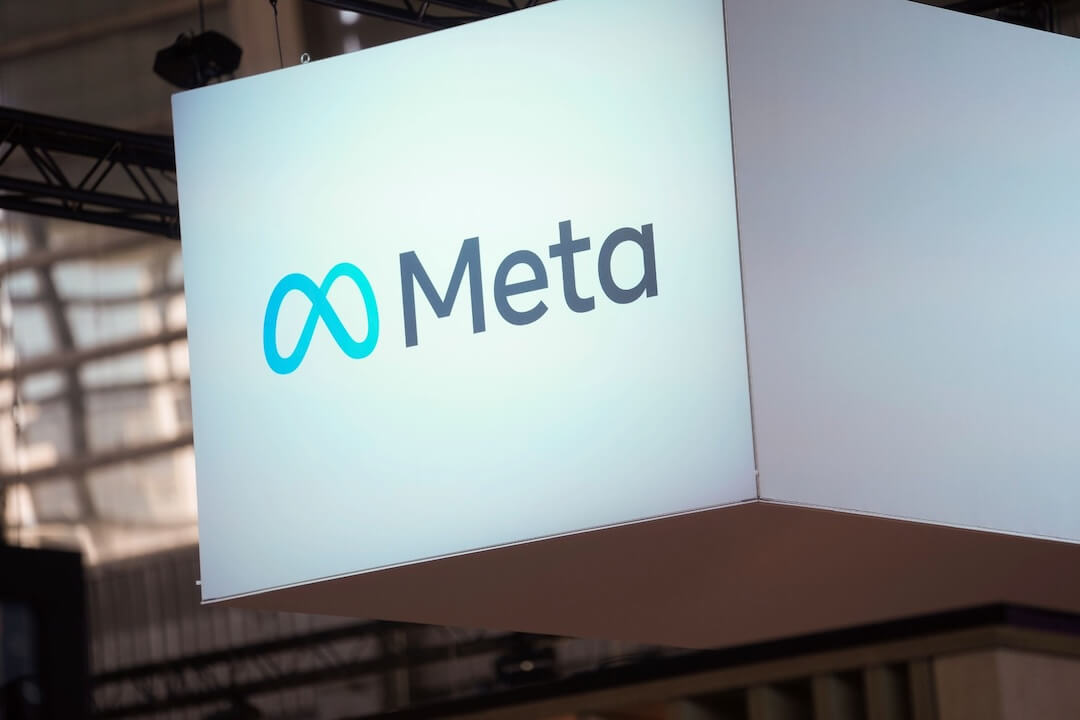Having worked for The Guardian team that won a Pulitzer Prize for breaking the Edward Snowden stories, Gabriel Dance knows the importance of anonymous tips.
That’s why, when he rejoined The New York Times from The Marshall Project last year, Dance was taken aback by a glaring omission in the newsroom.
“I was surprised to see that the times had still not set up a tip line,” said Dance, The Times’ deputy investigative editor. “So I did a quick site audit to see if there were any tip callouts.”
There weren’t any. So, he teamed up with Runa Sandvik, the Times’ director of information security, to create one. Within months of Dance’s arrival, they were up and running. The page has now been online for months, and Dance says they’re getting between 50 and 100 tips per day.
The night the tipline debuted, The New York Times received audio from a tipster of Hillary Clinton discussing Vladimir Putin’s “personal beef” against her at a donor event in Manhattan. In the days since, The Times has received lots of tips, including an exchange between the Trump transition team and the State Department that shed light on the fledgling administrations stance on foreign aid to African countries.
“We got that tip that night, and it’s been hair on fire ever since,” Dance said.
In recent months, a variety of news organizations have urged readers to tip them off as the Trump administration has sprung leak after newsy leak. Gizmodo Media Group, whose forebear Gawker Media was an early adopter of the airtight Secure Drop system, bought Facebook ads that pointed readers to a specialty site where they could submit a variety of tips. Shortly after The New York Times launched its tipline, BuzzFeed debuted a similar page allowing readers to submit their tips on a variety of formats. Earlier this year, The Washington Post also launched a tips page.
Related Training: Developing Sources: Reporters’ Boot Camp
Here’s the way The New York Times page works: Users can submit tips through a variety of channels that offer increasing levels of security protection. At the low end of the spectrum is unencrypted email. The Times also allows tipsters to communicate through Signal or WhatsApp (encrypted messaging apps), postal mail and SecureDrop (which uses secure Tor anonymity). The latter is comparatively difficult to use for both the tip-er and the tip-ee, but it offers a very high level of anonymity.
Of the tips that they receive, about 30 percent are just not usable (things like “here’s a tip: The New York Times prints fake news”). About 25 percent might be usable but need further vetting, Dance said. About half might be legitimately newsworthy tips that get distributed right away.
“There’s probably literally a good dozen or more stories that have either started from a tip or used reporting as their main storyline,” Dance said.
Possessing these tips comes with a huge responsibility not to divulge the identity of the tipsters, Dance said. They do this a few ways. Dance, who maintains The New York Times tip network on the side, is one of a very tiny coterie at the Times with access to the channels through which tipsters get in touch. When they distribute tips to the relevant reporters, he does so using the same level of anonymity used by the tipster. And he works with Times journalists to communicate using the same platform the tipster used so as not to violate their trust.
“When tips are distributed, they’re distributed in a controlled manner and they’re never distributed with identifying information,” Dance said.
The Times is building a database with anonymous tips that Dance thinks will eventually become a powerful resource for the newspaper. He’s bringing aboard a researcher whose responsibilities will include maintaining the tip network, which will relieve him of the duties of checking the line three times a day and on the weekends in addition to his current job.
In addition to its use as a story-generator, the tips page is a signal to readers that The Times values their input, Dance said. Tipsters notice when the Times publishes a story based on their information and appreciate it.
“I absolutely do think this sends a message to our readers that we value them deeply,” Dance said. “Not only as sources of information, but intelligent and engaged citizens. We can’t be everywhere at once. And we don’t have insight into some of the darkest corners or the most secret places.”
Correction: A previous version of this story mistakenly said that The New York Times is bringing aboard a researcher to maintain the tip network. In fact, The Times is hiring a researcher whose duties will include maintaining the network. This story also said about 50 percent of the tips were usable and distributed right away. In fact, about 50 percent might be usable right away.






